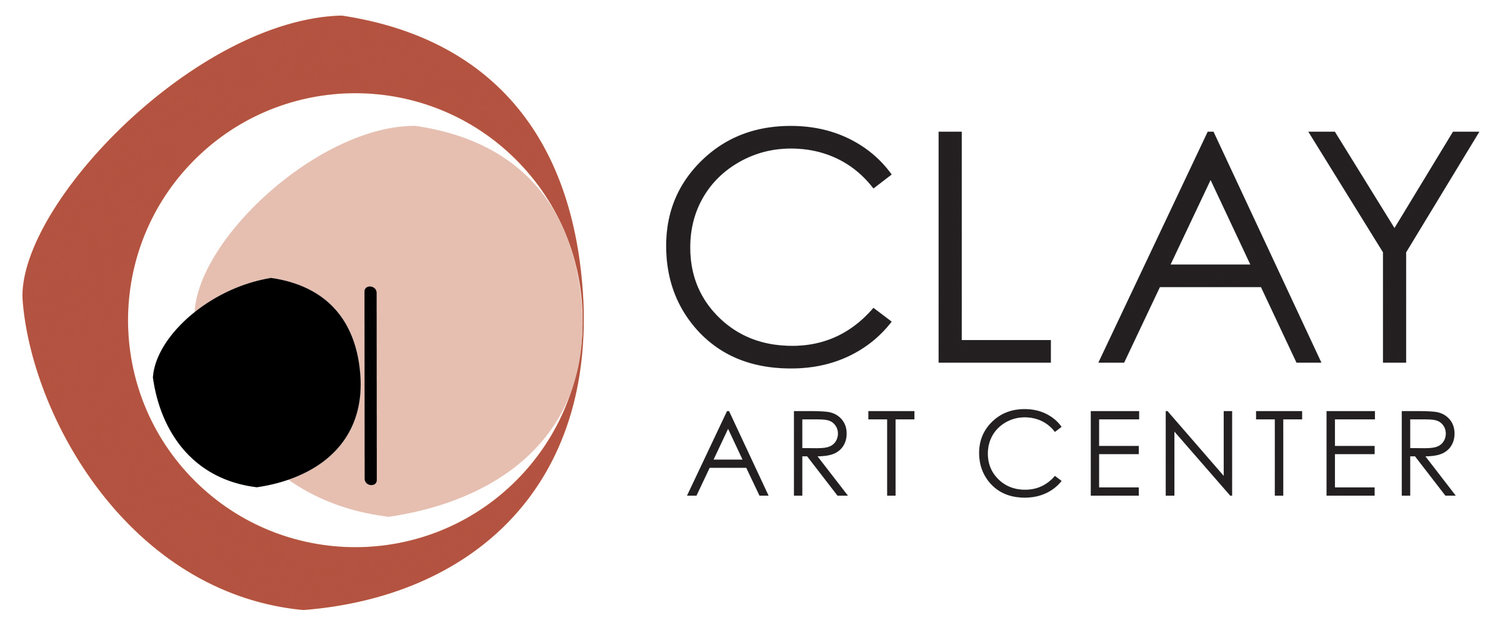The End of an Era: The Extinction of Custer Feldspar
Custer feldspar - a common component in glazes and clay bodies - has been mined in Custer, South Dakota for more than 75 years. Now those mines, the last domestic source of feldspar, have run dry.
A big part of the beauty and challenge of ceramics lies in the fickle chemistry of the ceramics process: each step, from leather hard to fully fired, presents an opportunity to experiment. Anyone who has carefully formed a piece and trimmed and sanded it to perfection will probably be familiar with glazing anxiety, as it can often be the most fickle part of the process. The viscosity of the mixed glaze, the thickness of the application, and any changes in firing can all make for an unexpected final look, however many test tiles you made. This challenge becomes even more pronounced when one of the naturally-occurring organic materials at the heart of a glaze recipe disappears. In the last few years, that is exactly what happened to Custer feldspar.
Feldspar is a mineral that helps to promote vitrification (the formation of glass) in glazes and clay bodies. While feldspar is a common mineral that can be found all over the world and makes up half of the Earth’s crust, feldspars from different regions have different chemical makeups depending on their formation, such as a higher concentrations of potassium or sodium, which then function differently in ceramics applications. Custer feldspar is a potassium feldspar named for Custer, South Dakota, where the Pacer Minerals mining company has been mining it for decades. You can learn more about the history of Custer feldspar in the region and its production at the Ceramic Materials Atlas. Towards the end of 2023, the Custer mines were depleted of feldspar, and ceramicists faced the task of finding a substitute that would meet the specifications and standards of Custer. Here at Clay Art Center, Studio Manager August Brosnahan purchased 600 pounds of Custer, nearly every bit he could lay his hands on, on November 21, 2023, with the hopes that the supply would last six months while he sought a replacement. The 600 pound supply only lasted three months.
August reached out to the wider ceramics community, including other studio managers and suppliers, and was grateful to find that folks were willing to share information. Many conversations like these ones were taking place all over the country, and on online platforms like Glazy and the Ceramic Arts Network community forum. The two main available substitutes for Custer are G-200 AU from Australia and Mahavir from India, both potassium feldspars. Roughly half the glazes at Clay Art Center needed to be adjusted. While many of them worked well with a one-to-one substitution of G-200 AU for Custer, eight of the glazes fluxed (or crawled) too much. For instance, August discovered that the Tenmoku needed less of the G-200 AU and more silica to reach the original, Custer-based consistency. Every newly-formulated glaze was then tested on four clay bodies: porcelain, brown and white stoneware, and the reclaim clay. After months of work August had selected a Custer replacement, reformulated glaze recipes, put them through rigorous testing at Cone 6 and Cone 10, and educated Clay Art Center students and artists about the change, so that they could run new test tiles of their own.
This is not the first time that an organic ingredient for making ceramics has run out, and it will be far from the last. While many aspects of pottery are sustainable, especially when made locally by an individual artist, it is also important to know that a sustainable ceramics practice is something that has to be cultivated. Strip mining, long shipping distances, and the high energy expenditure of kiln firing are all environmentally damaging parts of the modern ceramics market. This doesn’t mean you should turn your back on pottery; even with these negative impacts in mind, clay is still considered sustainable given its capacity for recycling and durability. As August notes, you have to be aware of where your clay and glazes come from and treat them accordingly: “It’s important that we be conscious about the materials we use. Like a cobalt wash. That cobalt went halfway around the world just to get here. Don’t splash it everywhere and end up mopping it up in the sink.” By doing your best to practice mindful making, you can help contribute to the sustainability of your art and of Clay Art Center. In the words of August, “We need to be intentional about what we make - that intention can be simple: a gift that will last a lifetime, creating a beautiful thing, telling a story. But there should be thought going into it. The freedom of creativity comes with the responsibility of thoughtfulness.”





